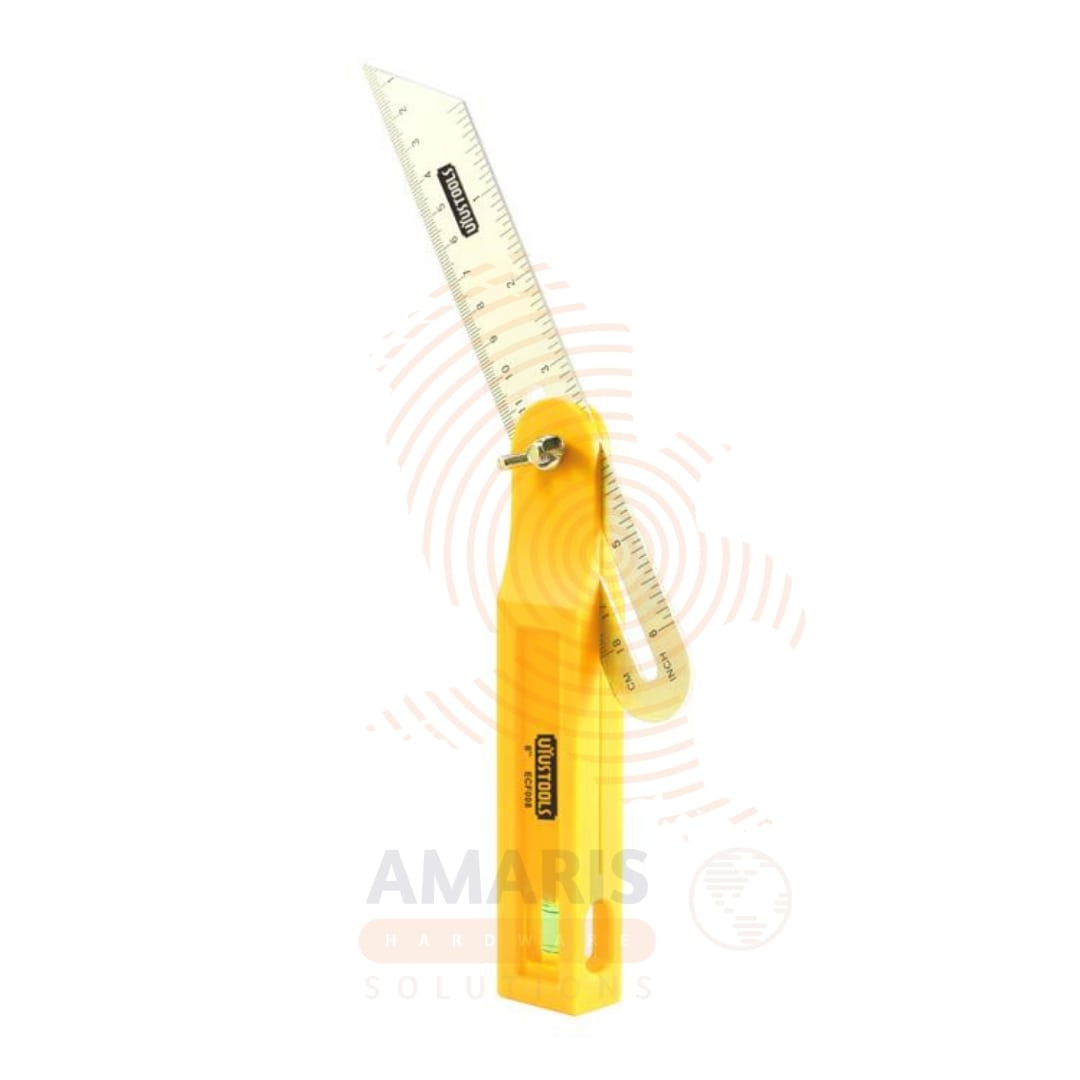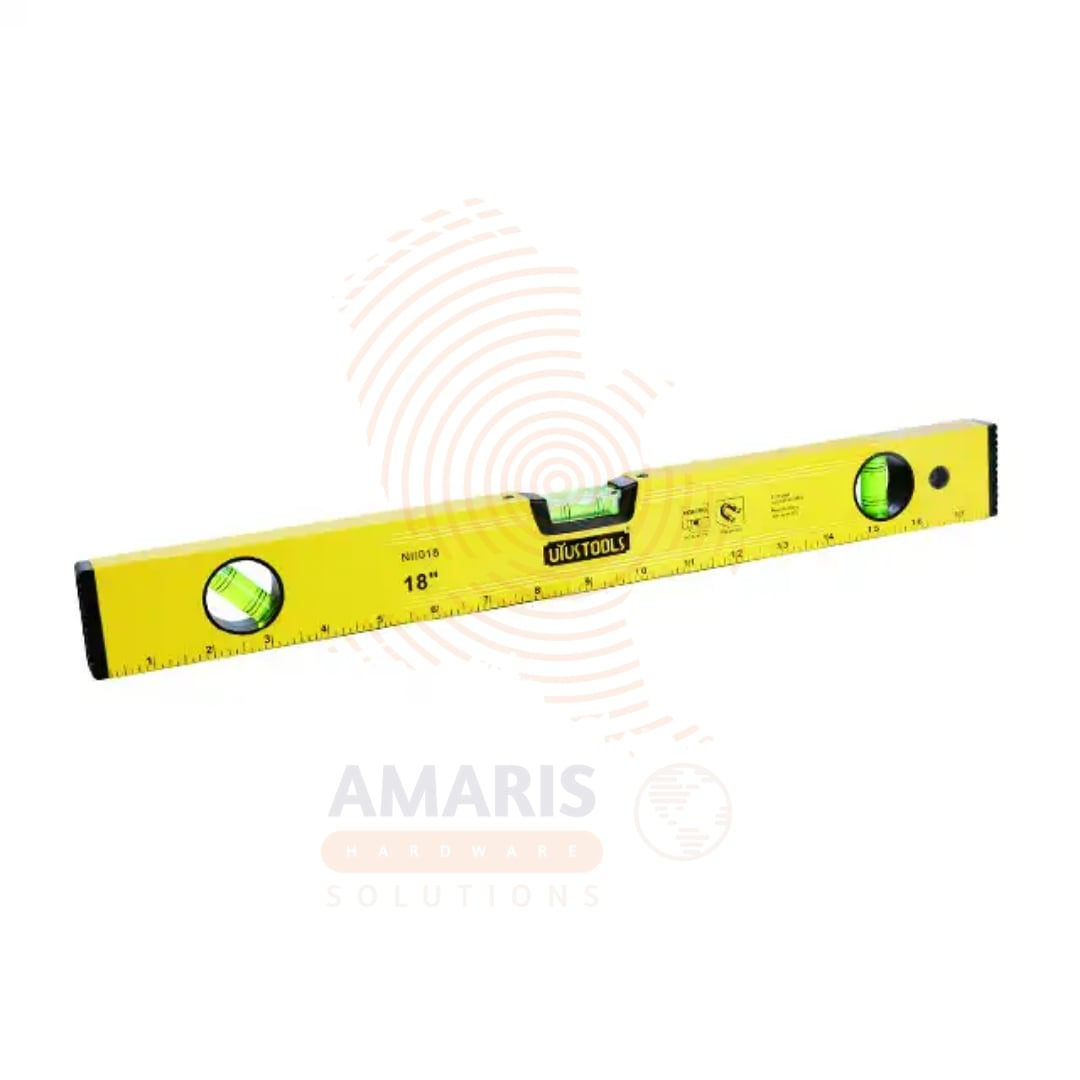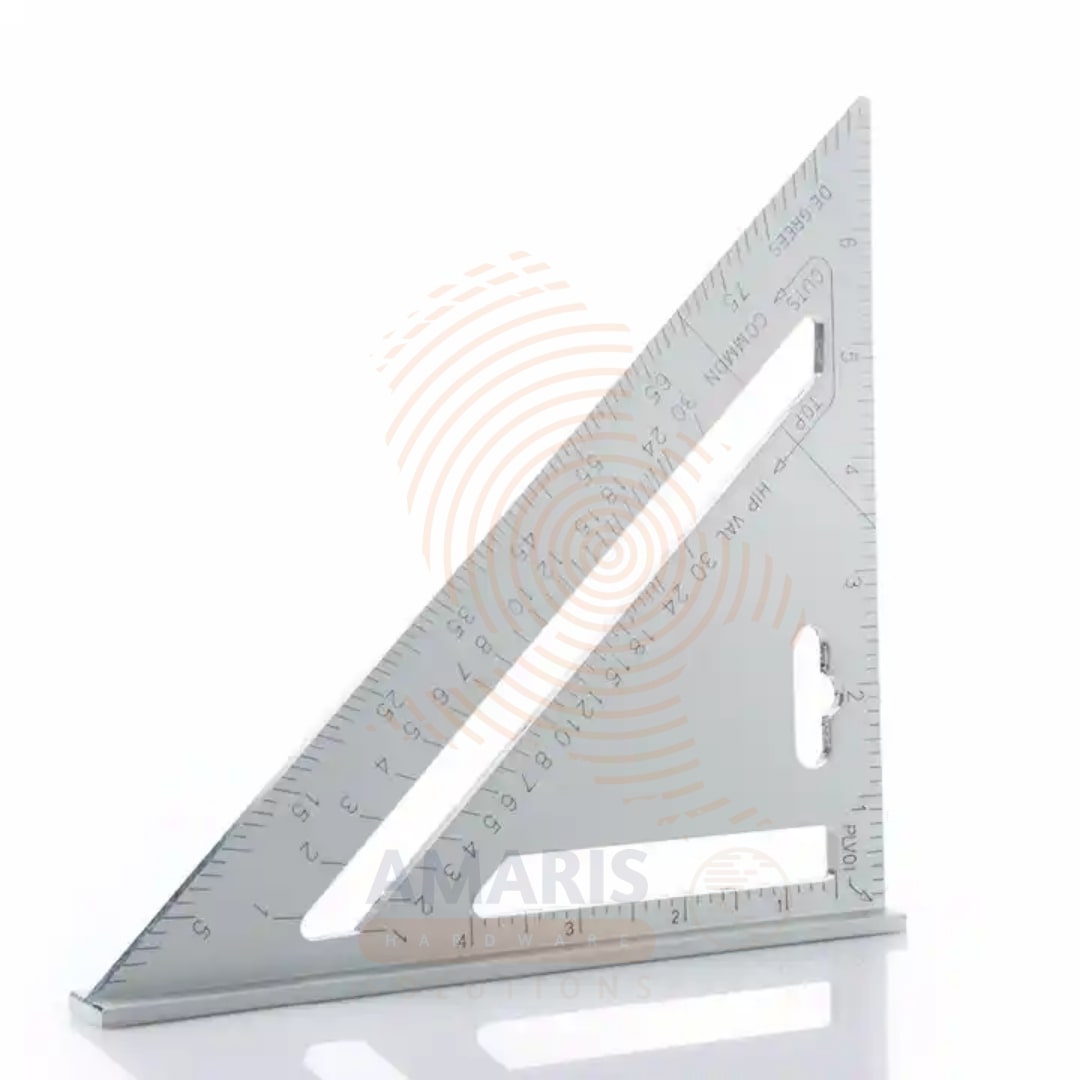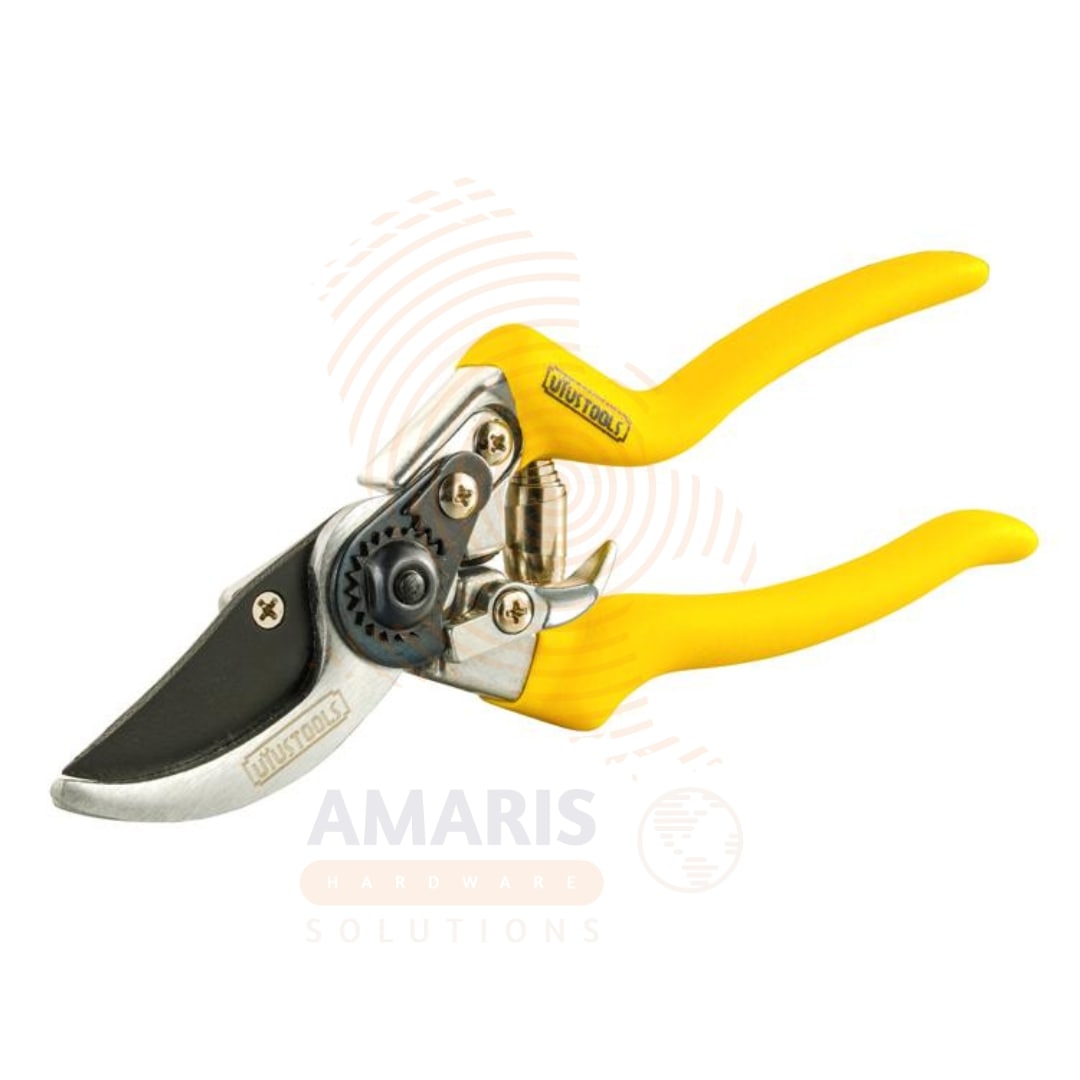Menu
Categories
- FASTENERS
- HAND TOOLS
- POWER TOOLS
- ELECTRICAL SUPPLIES
- PLUMBING SUPPLIES
- BUILDING MATERIALS
- HARDWARE & IRONMONGERY
- SECURITY & SAFETY EQUIPMENT
- GARDEN & OUTDOOR TOOLS
- PAINTS & FINISHES
- ADHESIVE SEALANTS & TAPES
- INDUSTRIAL SUPPLIES
- AUTOMOTIVE TOOLS & ACCESORIES
- HVAC SUPPLIES
- STORAGE & ORGANIZATION
- WELDING & SOLDERING
- GENERATORS & POWER EQUIPMENT
- MATERIAL HANDLING
Shopping cart (0)
Subtotal: KSh0.00
Spend KSh350.00 to get free shipping
Congratulations! You've got free shipping.
Adjustable Try Square
KSh6,040.00 Original price was: KSh6,040.00.KSh5,540.00Current price is: KSh5,540.00.

Aluminium Triangular Try Square
SKU:
AHS18743
40 people are viewing this product right now
Get It Today
Delivery: Worldwide
Shipping: Wolrdwide
Uses
- Checking Right Angles:
- The primary use is to verify the perpendicularity of surfaces and edges. Carpenters and woodworkers, in particular, use the Try Square to ensure that corners and joints are perfectly square.
- Marking 90-Degree Angles:
- It is frequently used for marking out right angles on workpieces. The Try Square provides a precise reference for drawing or scribing lines perpendicular to an edge.
- Setting Up Tools:
- Machinists and metalworkers use Try Squares to set up machines and tools accurately. They ensure that cutting tools, such as saw blades or chisels, are at a perfect right angle to the workpiece.
- Layout and Marking:
- The Try Square is indispensable for laying out and marking straight lines on a piece of material. It helps in creating accurate reference points for cutting, assembling, or joining.
- Quality Control:
- In manufacturing and construction, Try Squares are used as part of quality control processes to check the precision of manufactured components and ensure that they meet specifications.
- Cabinetmaking:
- Cabinetmakers and furniture builders use Try Squares extensively to ensure the squareness of corners and joints in their creations. This is crucial for the overall stability and aesthetics of the finished product.
- Checking Diagonals:
- By using a Try Square, one can easily check whether a rectangle or square is true by comparing the lengths of its diagonals.
- Educational Tool:
- In educational settings, particularly in woodworking and metalworking courses, Try Squares are used to teach students about precision, measurement, and the importance of right angles in various applications.
- Metal Fabrication:
- Metalworkers often use Try Squares to measure and mark right angles on metal sheets or pieces before cutting or welding.
Be the first to review “Aluminium Triangular Try Square” Cancel reply
People also bought
Bush Cutter Blade (12 pcs)
Heavy Duty Pruner 8.5 (12 pcs)
Lawn Saw Blade (12 pcs)
Pump Sprayer 2L (12 pcs)
Our Services
Have questions?
Our experts are ready to help.
Call : +254 711113339
Shipping
Shipping worldwide
Warrant
Warranty Available
Secure Payment
Safe & Secure Payment
Support 24/7
Contact 24 Hours Day
SPECIAL PRODUCT
Bush Cutter Blade (12 pcs)
0 Days
0 Hours
0 Minutes
0 Seconds








Reviews
There are no reviews yet.